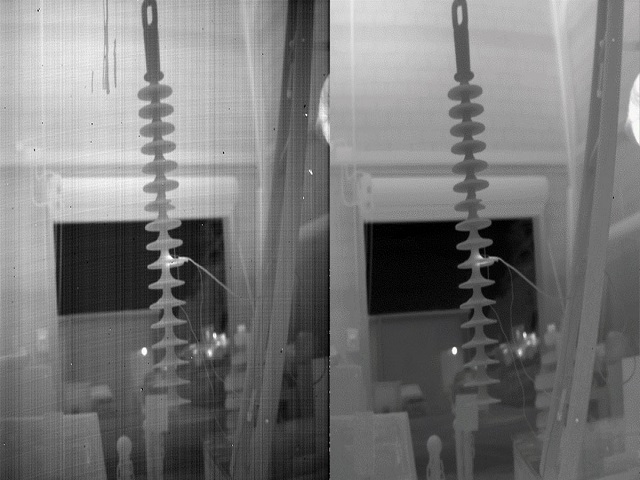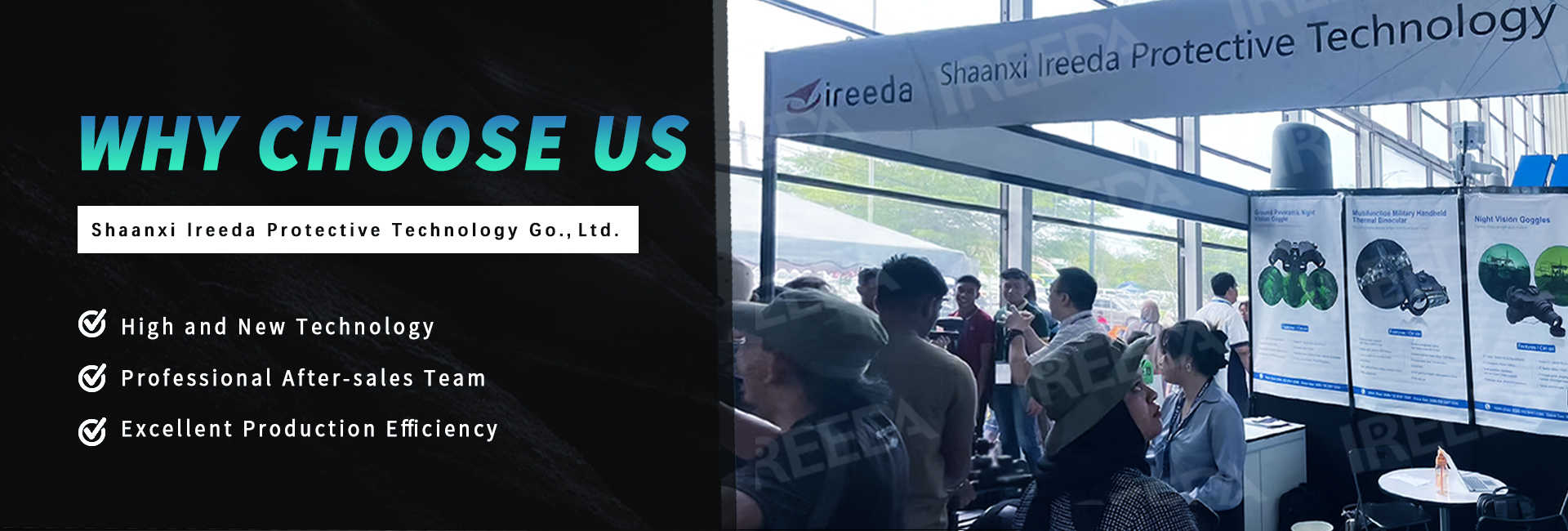Exploring the Principles and Applications of NUC
WhatsApp/ Wechat: 0086-18291418396
Non-Uniformity Correction (NUC) is an adjustment for small detector drift that occurs when the scene and environment change. Generally, a thermal imager's own heat interferes with its temperature readings. To improve accuracy, the thermal imager measures the infrared radiation from its own optics and then adjusts the image based on these readings. The NUC adjusts gain and offset for each pixel, producing higher quality, more accurate images.

During the NUC process, the thermal camera shutter falls between the optics and the detector with a click, momentarily freezing the image stream. The shutter acts as a planar reference source for the detector to calibrate itself and thermally stabilize itself.
This happens frequently in uncooled thermal imagers, but occasionally in cooled thermal imagers, and it is also known as FFC (Flat Field Correction).
When does a thermal imager perform NUC?
During initial start-up, the camera will performs NUC frequently. As the thermal camera warms up and reaches a stable operating temperature, the NUC will occur less frequent. While you can get a thermal image in about 20 seconds after powering on, most thermal imagers require a minimum 20 minutes of warm-up time in a stable environment for proper temperature measurement accuracy.
Thermal imagers will automatically perform a NUC, but you can also manually use the NUC function before taking temperature measurements or capturing critical images. This will help ensure accuracy.
This is the IREEDA's introduction of what is non-uniform correction used in thermal imaging cameras, just for reference!
WhatsApp/ Wechat: 0086-18291418396

